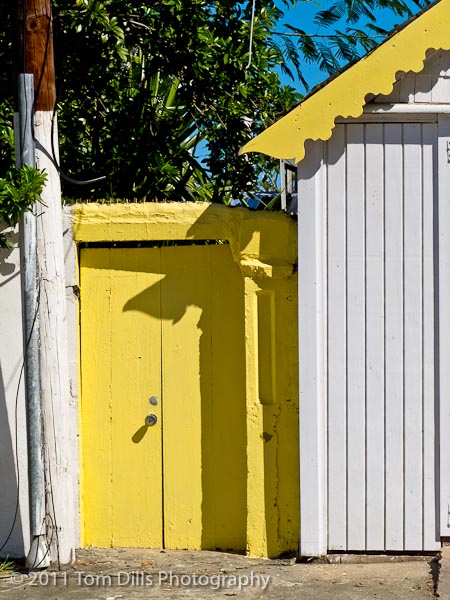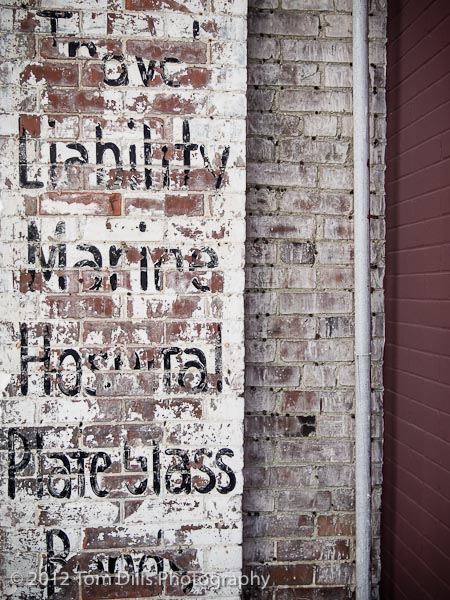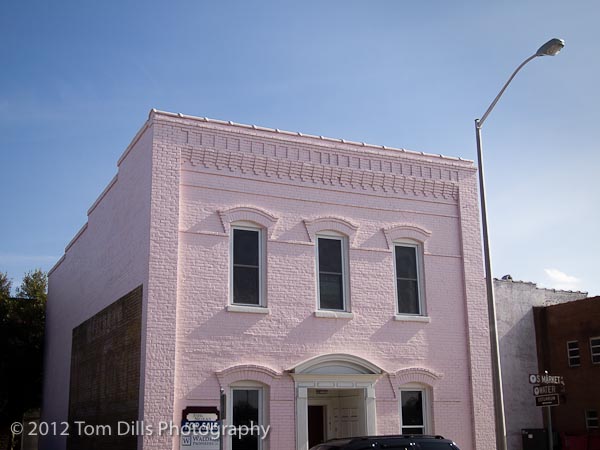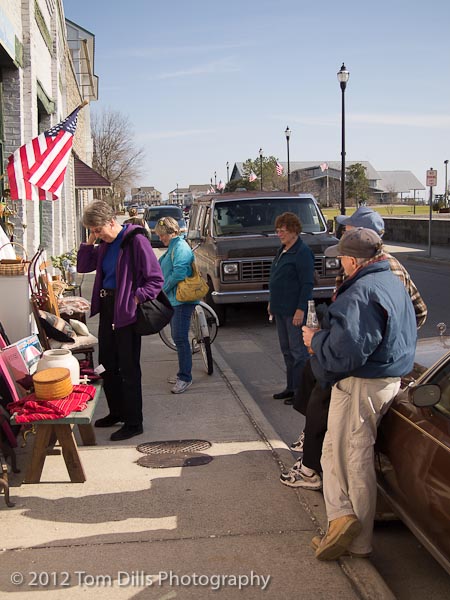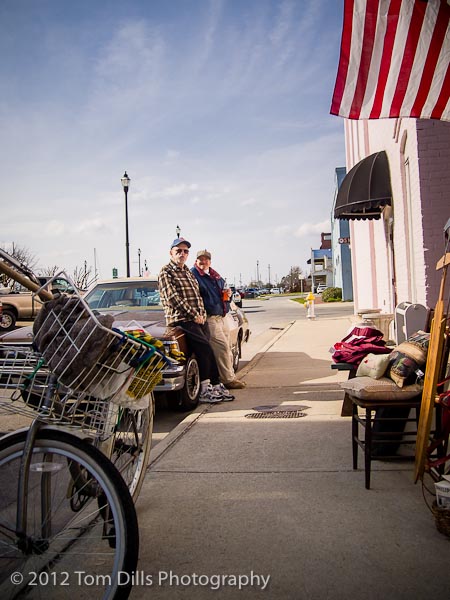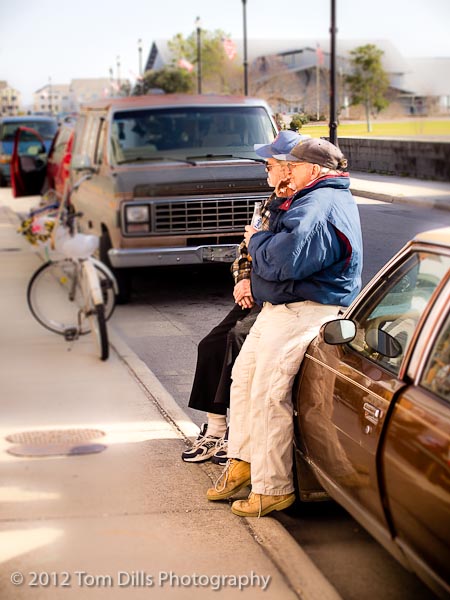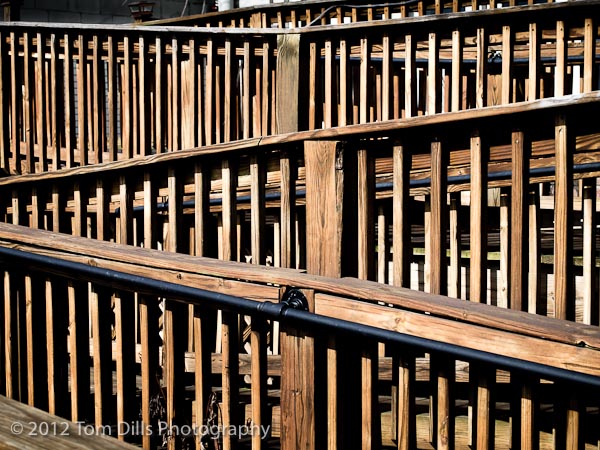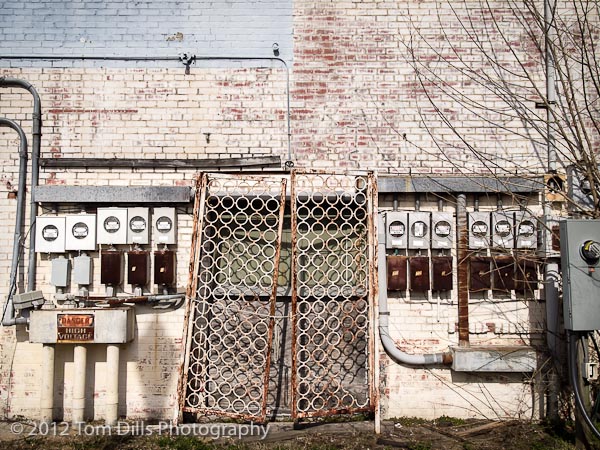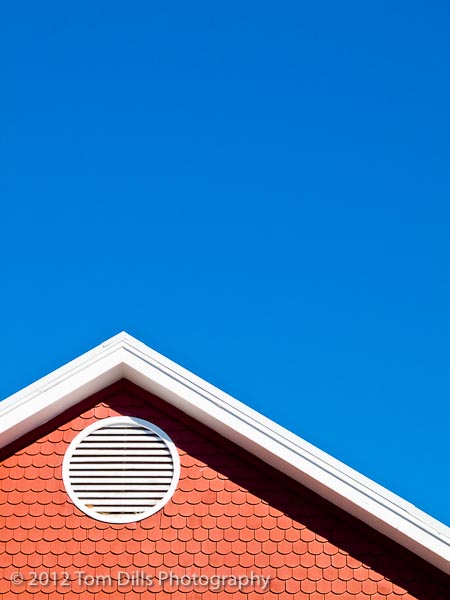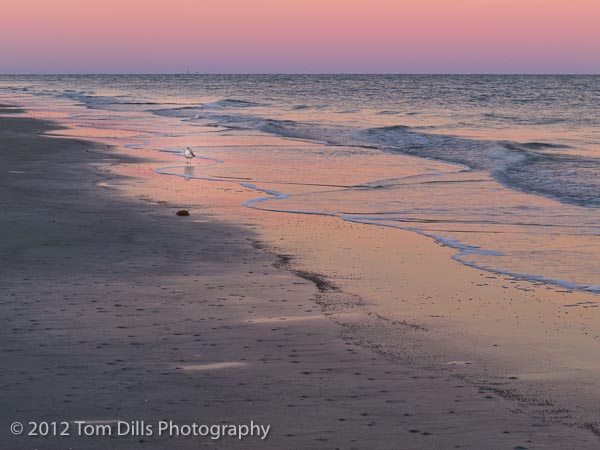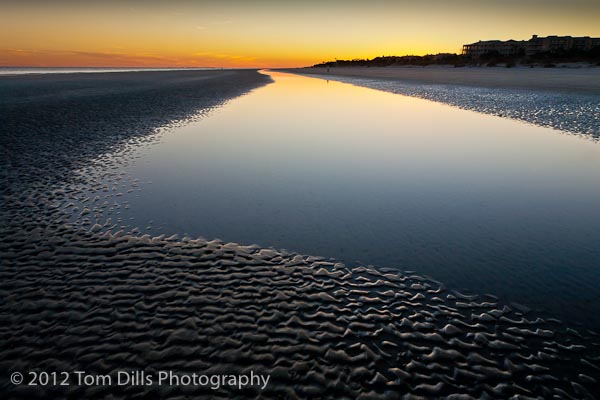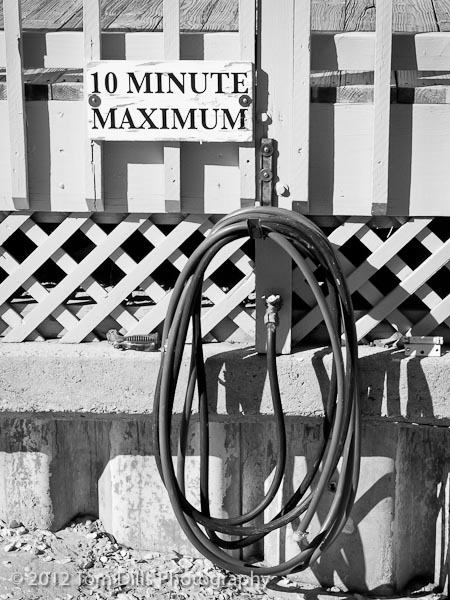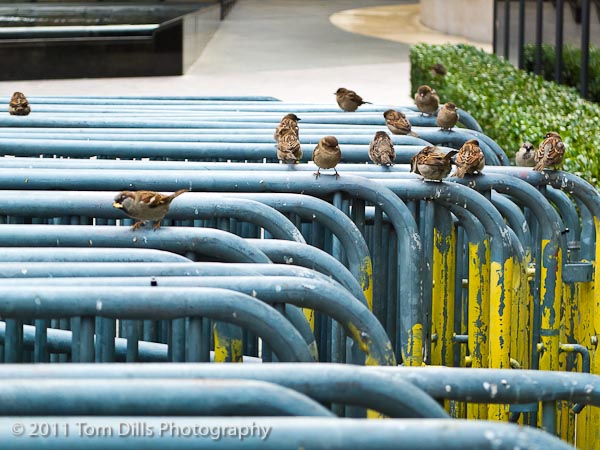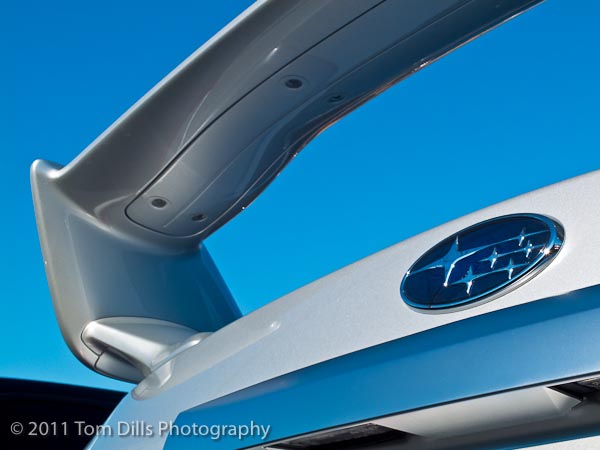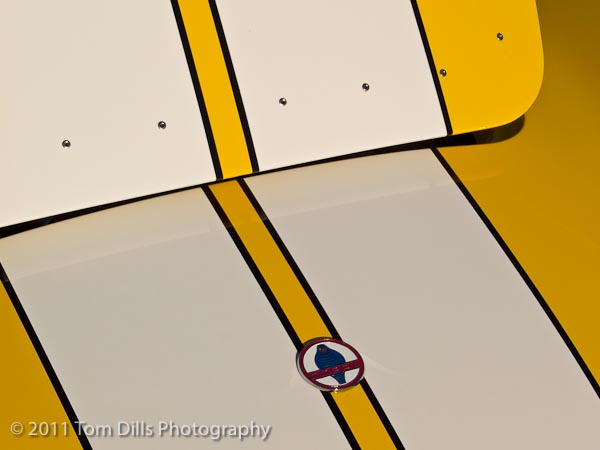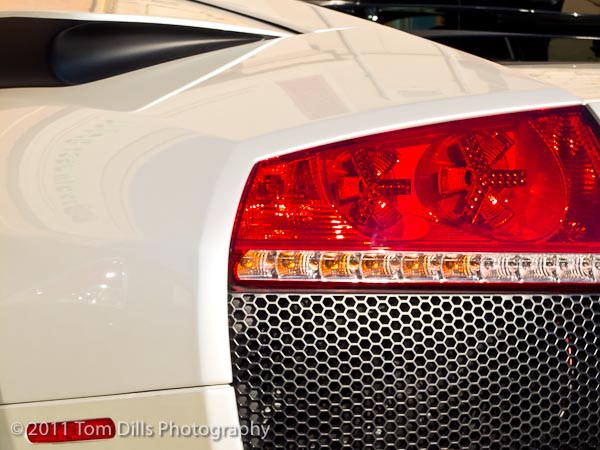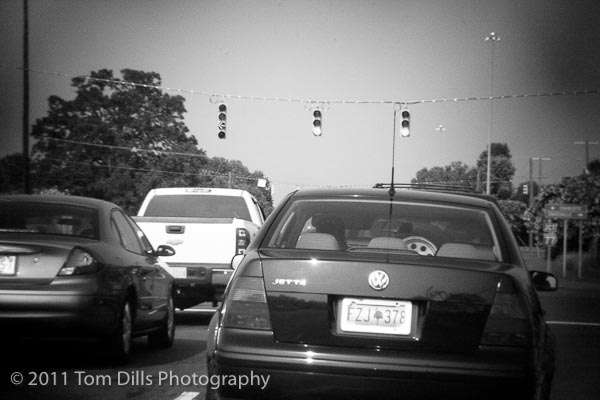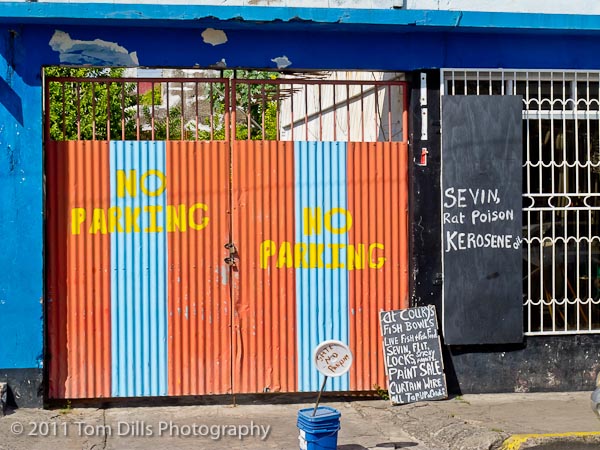
When I ventured into this photography thing as something more serious than taking snapshots, I started off, as a lot of people do, shooting nature subjects. Kathy & I would drive around with Kevin Adams’ Waterfalls of North Carolina book, looking for waterfalls and shooting anything we found interesting along the way. At one point it seemed like I had a knack for finding “magic moments” where the morning or afternoon light provided gifts of dramatic clouds, fabulous sunbeams and great sunrise and sunset colors. I was a Nature Photographer, and proud of it.
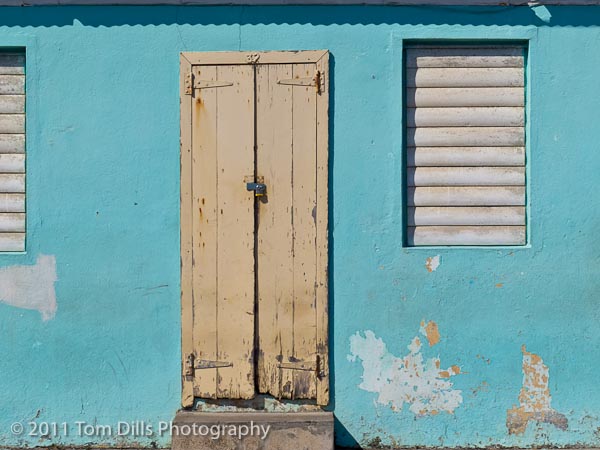
I still find myself attracted to the mountains and to the woods, but I’ve also realized that there are photographs to be made everywhere. I’ve made photographs in small towns, large towns, on cruise ships, on Caribbean islands, at the beach, in the mountains, you name it.
The difficult thing is that it’s hard to break old habits. When I think about photographing fall colors I automatically think about heading for the mountains. Same with spring wildflowers, or sunrises and sunsets. But the seasons happen everywhere, and there are photographs of all kinds to be made in lots of places besides those we think of first. The challenge is to come up with new ideas. Fall at a bluegrass concert in Floyd, VA perhaps. Wildflowers at a park or garden in Statesville. The possibilities are endless.
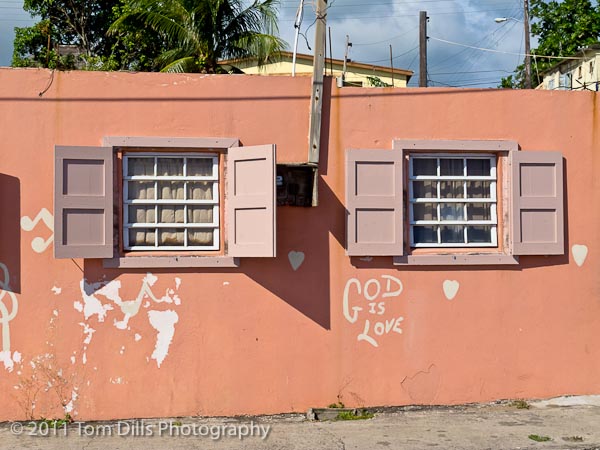
The thing I love most about photography is that it so personal. I can photograph whatever I want, wherever I want – within reason, of course! Rather than limit my travel to traditional photographic icons, I like seeking out subject matter wherever I am, in places where it is harder to find, and where I have to work a little harder to find something that appeals to me.

Paul Lester recently wrote on his blog a post titled “Where I Connect” about reviewing his images in preparation for a critique session at an upcoming workshop. Paul wrote that he “connects” with nature and people. He and I are attending the same workshop and in going through the same exercise I’m finding that while I still do a lot of nature photography I have been connecting more and more with things other than nature, which is interesting since I have traditionally considered myself a nature photographer. I’ll probably come up with a mix of material, but it’s an interesting process. I don’t like labels anyway, so maybe I’ll just start considering myself a Photographer, without any prefixes. And I’m proud of that, too.
